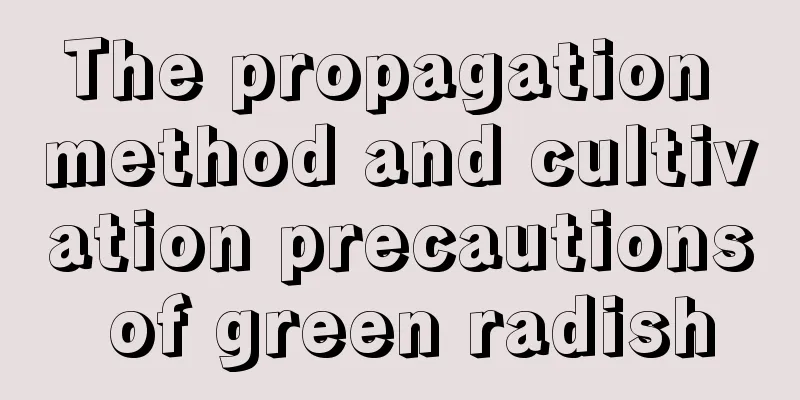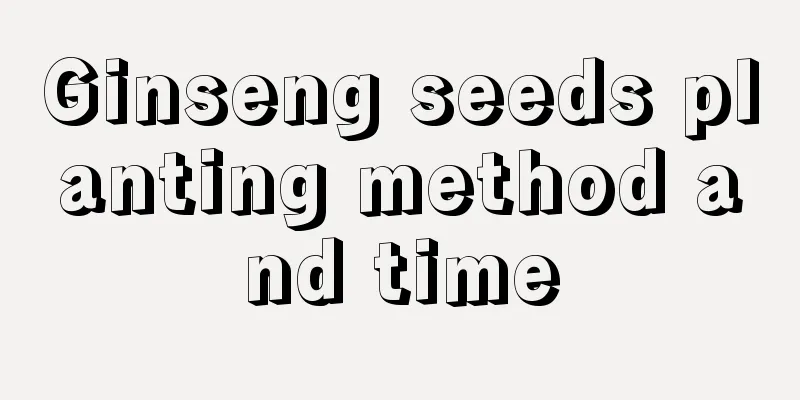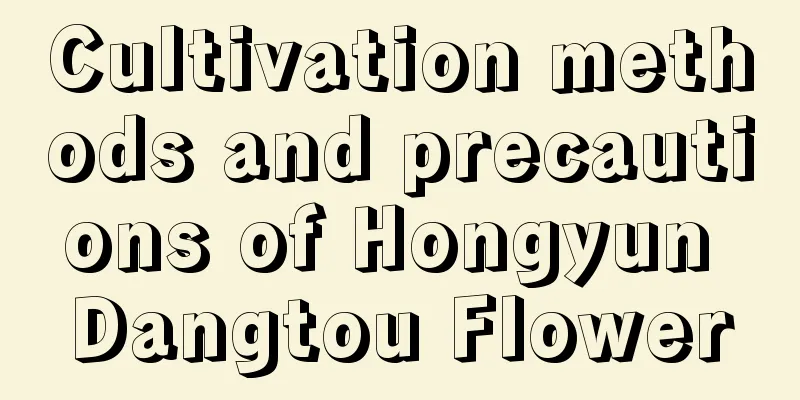How to plant Dendrobium chrysotoxum

1. Temperature requirementsDendrobium chrysanthemum is suitable for environments with high temperature and high humidity. The night temperature should be kept at a minimum of 13 degrees and a maximum of 16 degrees. If the temperature difference is large, the growth of the branches and leaves of Dendrobium chrysanthemum will be relatively slow. During the growing period, Dendrobium chrysanthemum needs sufficient light, but in summer, pay attention to ventilation of the plant and avoid direct sunlight, and in winter, place it in a sunny place. Even for plants that are dormant in winter, the temperature must be kept no lower than 7 degrees and no higher than 10 degrees. 2. Water requirementsDendrobium chrysanthemum needs sufficient water to maintain rapid growth, but this does not mean that you can water it more. Excessive waterlogging in the soil can easily cause root rot of Dendrobium chrysanthemum. In sunny and dry weather, you need to spray some water to increase the air humidity. When Dendrobium chrysanthemum is in its dormant period, it does not need humidification if the weather is dry. At this time, it needs a dry growing environment. 3. FertilizationDuring the growing season, we can apply compound liquid fertilizer to the plants once a week. The fertilizer concentration should be less than one thousandth. We can also choose organic liquid fertilizer that is fully decomposed and diluted with sufficient water. In winter, the minimum temperature can be maintained above 15 degrees, and the Dendrobium chrysanthemum can grow normally. It is necessary to fertilize and water it regularly. If the temperature cannot be guaranteed, then do not continue to fertilize, control the number of waterings, and let the plant enter a dormant stage. IV. Other matters needing attention1) When the Dendrobium chrysanthemum blooms, the inflorescence droops. In order to better highlight the beauty of the flowers, we can transplant the plant into a hanging pot. Too many times of repotting or dividing will affect the number of flowers of Dendrobium chrysanthemum. It is recommended to wait until the pot is full before repotting or dividing. 2) The best time to repot Dendrobium chrysanthemum is in spring when new branches and buds have not yet grown. It is best to choose a flowerpot with some small holes on the wall. In order to facilitate the division and propagation of Dendrobium chrysanthemum, it can be done at the same time as repotting, and be careful to cut off rotten roots. |
<<: Breeding methods and precautions of Rhododendron ovata
>>: Cultivation methods and precautions of purple-leaf canna
Recommend
Is the Phalaenopsis flower blooming once and for all?
1. Not a one-time thing Many friends think that t...
Ugly orange planting methods and precautions
When to plant ugly orange Ugly orange seedlings a...
These 3 kinds of flowers love to "drink water" the most. If you give them a little bit every day, they can grow to the point of bursting the pot in a few months!
Generally speaking, we all think that watering a ...
Time and method of changing the soil of plum blossoms
Plum blossom soil replacement time The plum bloss...
Cultivation methods and precautions of Zhulan
Pearl orchid is relatively easy to grow, has a ce...
What can't be eaten with daylily? Can pregnant women eat it?
1. What should not be eaten together Daylily is m...
How to prune a maple tree
1. Pruning time The compound maple tree has a str...
Sugarcane seedling raising method and time
Everyone has tasted the sweetness of sugarcane , ...
How to propagate lucky bamboo
Soil insertion method time The most suitable time...
The difference between tiger jasmine and pearl jasmine
1. Blades The difference between tiger jasmine an...
The flowers are bigger than the face, one of these flowers is worth a pot of others
Dahlia Flowering period: June-December (Author: Y...
How to grow lilac
1. Breeding environment 1. Soil: Lilac does not h...
The Flower Language and Legend of Evening Primrose
Evening Primrose Flower Language Evening primrose...
How to care for strawberry potted plants in summer
Maintenance tips Strawberries themselves do not l...
When is the best time to sow aster seeds?
Aster seeds sowing time There is no fixed sowing ...









